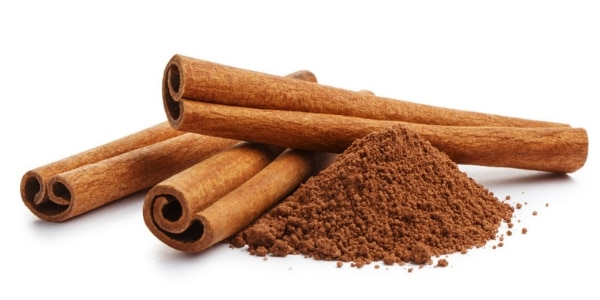Cinnamon is a common spice used today. There is reason to believe that it might help diabetics to regulate their illness.
What Is Cinnamon?
The spice is created from extracts of bark from Cinnamomum trees commonly found in parts of Asia, South America, and the Caribbean rim. The condiment is believed to have been cultivated dating back as far as ancient Egyptian times and is now ranked the second most popular spice in the world, behind black pepper only.
Health Benefits
Historians opine that Cinnamomum extracts have been used for medicinal purposes for several millennia. In recent times, scientists and medical researchers have confirmed that the substance could play an integral role in helping consumers maintain optimal health. The product is thought to possess numerous medical attributes that are extra beneficial to those that suffer with diabetes:
Antioxidant Properties
Antioxidants are health-stimulating substances the body receives through nutrition. These products fight a systemic buildup of inflammation in the body’s cells, tissues, and organs. Inflammation often precipitates the onset of physical injuries, but might also ultimately result in more serious illnesses such as autoimmune disorders and cancer.
Cardiovascular System Strengthening
Those who ingest the condiment have been known to experience lower readings of “bad cholesterol” and blood pressure. Elevated findings in either category could precipitate the onset of heart disease and other circulatory problems.
Neurological Disease Prevention
Researchers who study various brain and neurological conditions suggest that those who ingest Cinnamomum extracts might reduce their risk of developing conditions like Alzheimer’s and Parkinson’s diseases. The spice is thought to contain a protein that protects brain cells.
Connection to Diabetes
Among the most established of the condiment’s health-building properties is its ability to regulate certain diabetes-related factors such as insulin sensitivity and blood sugar regulation.

Several other scientific studies found that the spice can mimic insulin, thereby increasing the body’s ability to lower blood sugar and ensuring proper metabolism of glucose and other sugar-based chemicals. Several persons with diabetes were chosen as subjects to test these hypotheses. Researchers subsequently discovered that those who consumed the product underwent insulin sensitivity immediately after ingesting it, and in some instances, the impact lasted several weeks.
Methods of Consuming the Spice
Cinnamon extracts are often ground and available for public consumption in powder form and housed in containers such as jars. Those who ingest the spice usually sprinkle various quantities onto food and into the beverages they enjoy.
Many people add the condiment to their coffee, tea, desserts such as ice cream and any other edible item they think will be enhanced by the substance’s flavor. Additionally, many restaurants and food-processing companies add the spice to the meals and products they prepare. The spice is typically affordable and readily available for purchase at most supermarket chains.





